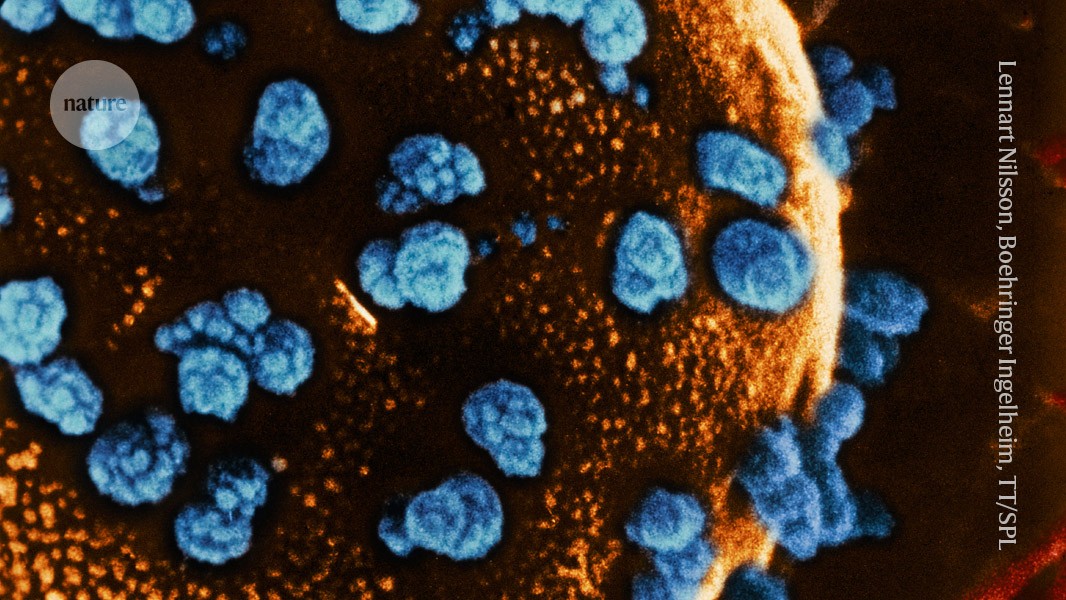- cross-posted to:
- [email protected]
- cross-posted to:
- [email protected]
cross-posted from: https://lemm.ee/post/43470228
This is so exciting. I worked in a lab where we were trying to do this, and so I was very aware what a gold rush we were in. I’m so glad to see that it’s actually happening.
This is truly a watershed moment in science. This is going to mark a major turning point in cellular medicine from theory to commonplace care. Eventually, this will end the pharma industry’s insulin cash cow.
But it’s even bigger than that. Because once we can engineer cells that produce a natural product, the next step is to engineer cells that produce synthetic medicines. Antidepressants, birth control, hormones, weight loss drugs, boner pills… The frontier is huge, lucrative, financially disruptive for pharma companies and life changing for patients. This is a big moment in history, and we all need to be fighting harder than ever to end for-profit healthcare. Otherwise we’re going to end up with subscription licenses to our own bodies.
I dream of the day I can get my own brain to actually create normal levels of dopamine that I don’t get addicted, then tolerant, to.
That is so fucking cool. With all the terrible shit, hearing that there’s still progress on stuff like that is fantastic.
We need to call them something other than “stem cells” (here in America, at least). Republicans have trained people to assume that stem cells can only come from aborted fetuses, and that will be a major hurdle to overcome for any procedure involving “stem cells”.
I asked chatGPT how stem cells are collected:
From embryos: In the very early stages of development (usually from leftover embryos from fertility treatments), stem cells can be extracted. These are called embryonic stem cells and have the potential to turn into any cell type in the body.
From adult tissues: Adults have stem cells in certain parts of their bodies, like the bone marrow, fat tissue, and blood. These are called adult stem cells and can usually turn into a few specific cell types (not as flexible as embryonic ones).
From umbilical cord blood: After a baby is born, the blood from the umbilical cord and placenta is rich in stem cells. These cells are collected and can be stored for future medical use.
Induced pluripotent stem cells (iPSCs): Scientists can take regular cells from the body, like skin cells, and reprogram them in a lab to behave like stem cells. These lab-created stem cells can act like embryonic stem cells and turn into many different types of cells.
TIL
ChatGPT, a notoriously reliable source
Did you ask it how to keep cheese on pizza after that?
What exactly did you learn? If it’s that there are a number of different types of stem cells, then we really need to improve scientific communication to the average person. I learned this kind of thing because I’m interested, but I thought this was being taught to kids since they were an active area of research (something like 15-20 years?).
OK, next step would be stopping your stupid immune system attacking your β-cells.






